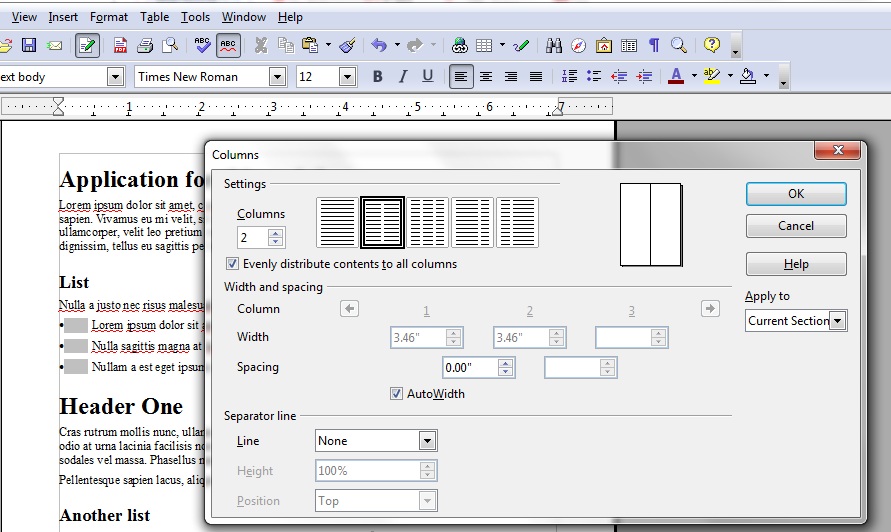

The function will drag out and expand intelligently to other cells like any other formula. The above example was an easy one, since it was being used as a test, all my summed values were ints, if I had floating point numbers, they would run away to max decimal places (not very pretty). In my example, the cell in question is the final value of Ethereum on a balance sheet: The result should be something like this. # you add as many strings, formulas, or numbers together. # You can use this with as many input variables as required letting

# Make sure to add a space before the suffix so it appears in the cell. Open the Function Wizard on the cell in question, and build the following function: =CONCAT(," ".) Make sure to use CONCAT instead of CONCATENATE, as `CONCAT accepts cell ranges and is more dynamic. Add both pieces of data into the =CONCAT() function Optimizes the column width or row height based on the current cell.There's a much more elegant way to do this that doesn't require sacrificing cells just to hold data types, and can be scaled to work with one cell or a large chart range. Increases the width of the current column.ĭecreases the width of the current column. Opens the Styles and Formatting window where you can apply a formatting style to the contents of the cell or to the current sheet. Recalculates all of the formulas in the sheet. Highlights cells containing numeric values (not text). Turns additional selection mode on or off. Opens the Thesaurus if the current cell contains text. Rearranges the relative or absolute references (for example Shows or hides the Database Sources menu. Moves the cursor to the input line where you can enter a formula for the current cell. If the cursor is in an input box in a dialog that has a minimize button Switches to Edit mode and places the cursor at the end of the contents of the current cell. When the help browser is already open F1 jumps to the main help page.ĭisplays the note that is attached to the current cell. The / key is the division sign on the numeric key pad.ĭisplays the OOo help browser. Selects the matrix formula range that contains the cursor. The * key is the multiplication sign on the numeric key pad. A range is a contiguous cell range that contains data and is bounded by empty row and columns. Selects the data range that contains the cursor. If all the sheets in a spreadsheet are selected If all the sheets in a spreadsheet are selectedĪdds the next sheet to the current selection of sheets. Moves the viewable columns one screen to the right.Īdds the previous sheet to the current selection of sheets. Moves the viewable columns one screen to the left. In the page preview it moves to the next print page. In the page preview it moves to the previous print page.

Selects all cells containing data from the current cell to the end of the continuous range of data cells If the row below the cell that contains the cursor is empty Moves the cursor to the bottom edge of the current data range. If the row above the cell that contains the cursor is empty Moves the cursor to the top edge of the current data range. If the column to the right of the cell that contains the cursor is empty Moves the cursor to the right edge of the current data range. If the column to the left of the cell that contains the cursor is empty Moves the cursor to the left edge of the current data range. Moves the cursor to the last cell of the current row in a column containing data. Moves the cursor to the first cell of the current row. Moves the cursor to the last cell on the sheet that contains data. Moves the cursor to the first cell in the sheet (A1).


 0 kommentar(er)
0 kommentar(er)
